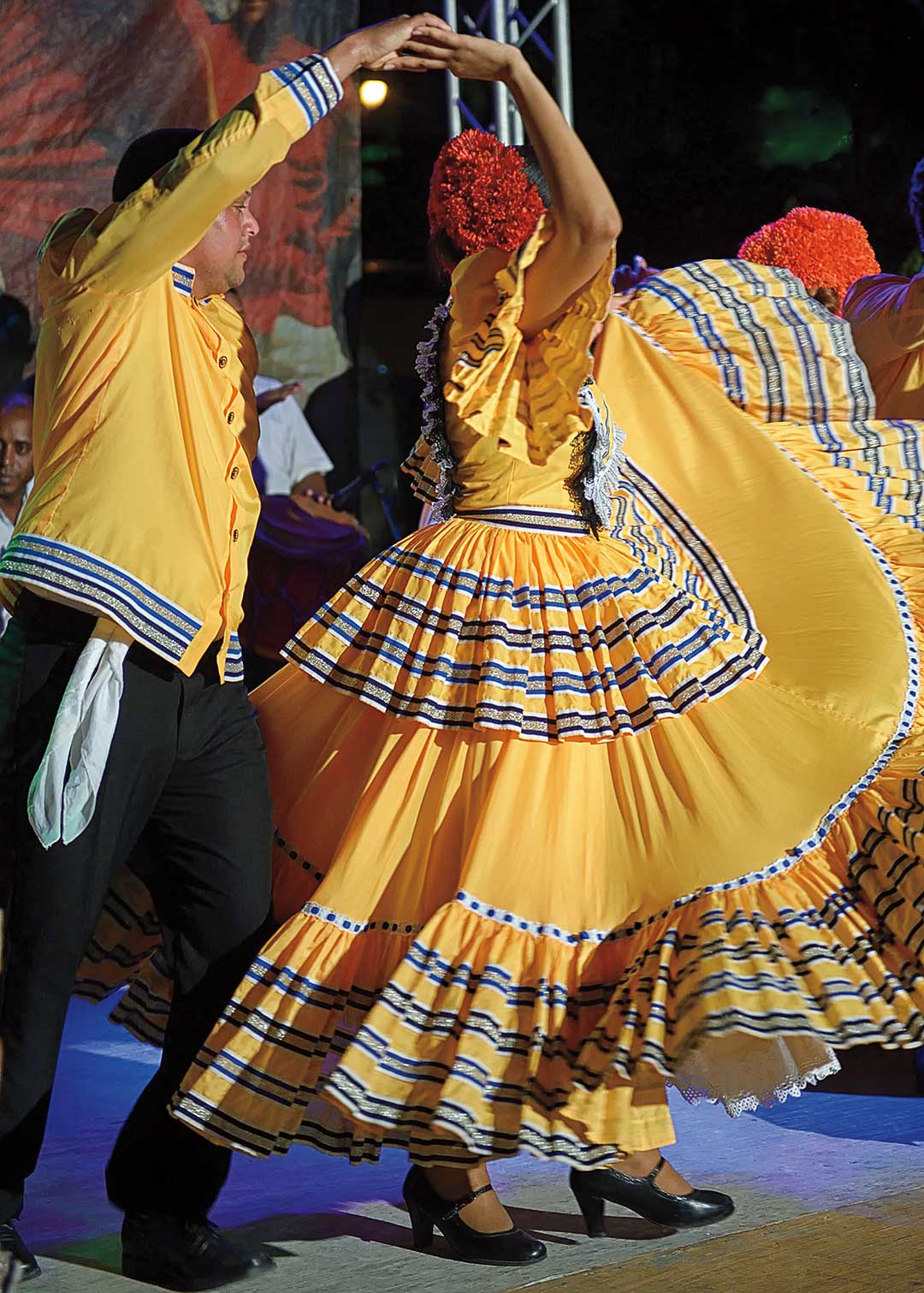Dance Fridays - Truths
Table of ContentsGet This Report about Dance FridaysThe 8-Second Trick For Dance FridaysThe 4-Minute Rule for Dance FridaysSee This Report on Dance Fridays
Allow's consider Salsa dance and songs as a large Tree that looks like this: Salsa is danced globally while many technical aspects of the dancing are the exact same throughout designs (6 steps over 8 beats danced on a quick-quick-slow or slow-quick-quick rhythm), there are numerous "hallmark" features of the major styles of Salsa that differentiate one from the other.Pairs participating in a Gambling enterprise Rueda dance all relocations in unison as called by a Leader. Distinct functions of Cuban style salsa are round turn patterns (with "break back" steps on matters 1 and 5) along with body motion inspired by traditional Afro-Cuban folkloric dances. Distinct attributes of Cali design salsa fasts and complex footwork, danced with a strong hand hold link in between companions.
The origins of the design are a topic of discussion, but it is stated that New york city style Salsa dance came from the 1960's because of the influx of Latin American emigrants after the Cuban Revolution. Eddie Torres is the most popular New York design dancer, being almost generally credited with promoting the design to dance centres outside of New York.
The basic rhythm of "On-2" is slow-quick-quick. The "youngest" of the styles of Salsa, L.A. Style (some individuals have called it "West Shore" design) ended up being preferred in the 1990's and has its origins in ballroom (Mambo, Swing and Cha, Cha, Cha). Transform patterns lead and comply with strategies are greatly affected by these designs, with the Cross Body Lead being the keystone of the design.
The 8-Minute Rule for Dance Fridays
Style are implementation of turn patterns and numbers in the "port", with the break actions on counts "1" and "5". This style is likewise identified by fancy and commonly intricate arm designing by the follow to accent the "1" and "5" counts. The fundamental rhythm of "On-1" is quick-quick-slow. While Salsa songs has strong beginnings in Cuban, Colombian and Puerto-Rican folkoric practices, it can not be discounted that all Afro-Latin and Latin American societies have contributed to modern Salsa songs as we understand it today.
It's possible that due to political reasons the contribution of Afro-Cuban culture and heritage to modern Salsa in the 1960's and 70's is not widely acknowledged, yet it can not be ignored the massive payment and influence of the "Queen of Salsa", Celia Cruz (salsa club san francisco). Thanks to the internet and convenience of access to info, the appeal of Salsa music, dance and culture has spread out like wildfire over the last 30 years and also then contemporary Salsa musicians proceed to pay homage to the Starting Papas and Mommy of Salsa.
Today Salsa songs is developed, carried out and renowned globally. In 2000 the impact of Latin American music and culture (not just Salsa) was identified by the National Academy of Recording Arts and Sciences in the United State and the Latin Grammy Honors were developed. The Latin Grammy's have brought interest to the Salsa Legends and modern Salsa musicians alike
Getting My Dance Fridays To Work
distinguishing attributes of Salsa music are: 4/4 measure signature, Son Clave and Tumbao rhythms, Montuno Piano Unless you have a background in songs, the above 3 qualities possibly suggest absolutely nothing to you. A much easier method to explain Salsa music is how it does NOT seem like other kinds of Latin American music.
Bachata is a straight 4 beat dancing with a frequency of a syncopated guitara line and a clear absence of any type of "difficult" piano, brass (trumpet, trombone) lines. Cha, Cha, Cha appears like Salsa songs the most as it seems like "actually slow" salsa/mambo. salsa club san francisco. Cha, Cha, Cha can be differentiated by it's emphasis of the dual tumbao beat on matters 4 +5 and 8 +1 (the "cha-cha-cha") You've been to a Salsa evening at a club and you're hooked you like the songs, the power, the look of two dancers sliding across the dancing floor executing cool rotates and turn patterns
It's time for lessons. With so many studios around and various styles to choose from, where does a complete beginner begin? A lot of new professional dancers select to find out L.A. "On-1" style slotted Salsa designs are the most common in The United States and copyright (with some exemptions of some metropolitan centres that still primarily embrace Cuban and Puerto Rican designs) and L (https://trello.com/u/salsacrazysf1).A
.A. Style will swiftly show you the basics of Salsa timing, weight transfer and transform pattern implementation. Numerous professional dancers, as soon as they have actually had a year or more of dance L.A. Design Salsa under their belts, "button" to New york city design in order to diversify their dancing vocabulary; yet many dancers choose to stay with simply one design of Salsa and appreciate their time on the dance flooring in that specific design (salsa club san francisco).
Style and New useful reference York City Style all being danced in the same club, with a lot of the dancers having the ability to switch from one style to the various other from one song to the following. Despite which style you choose it is very important to stay with that style up until you're very comfortable with the basics of timing, body rhythm and structure step execution before thinking about "changing" designs (if you desire to).
